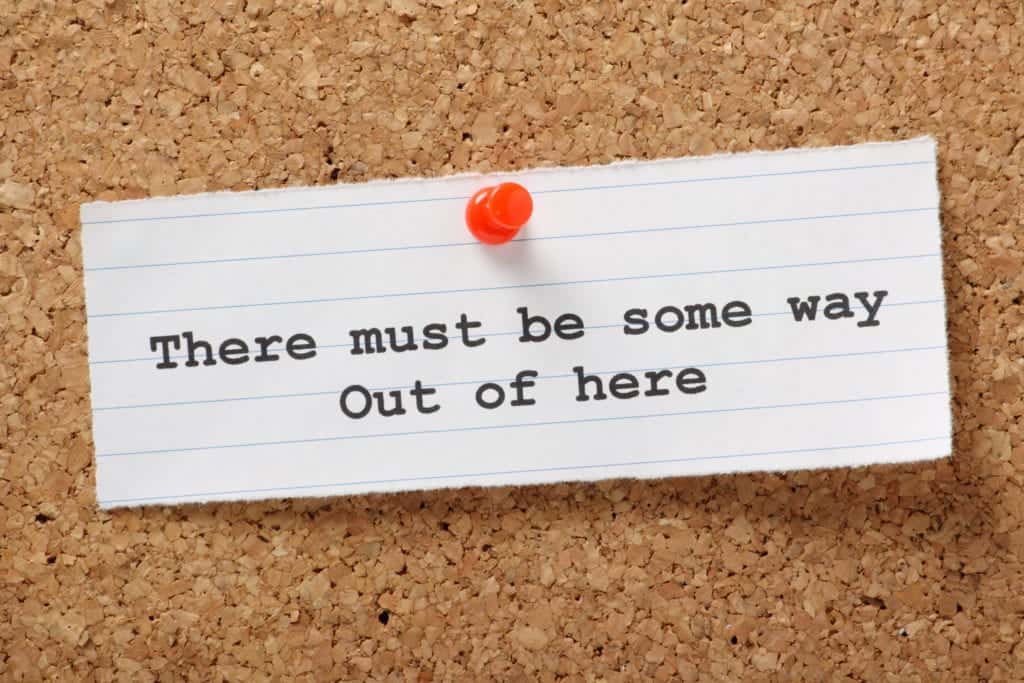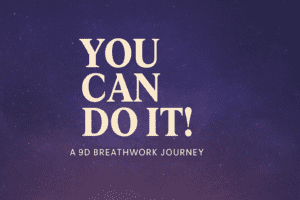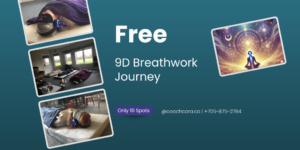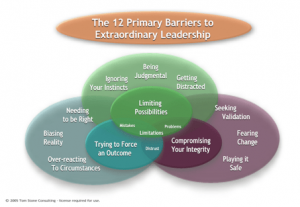What Happens During a WaveMaker™ Session?

In general, a WaveMaker™ Coaching session goes like this:
I start by asking a question like, “What area of your life would you like to have different?” or “What issue would you like to work on?”
We then determine whether the issue you’ve identified is the most important one for that day. To do this, we use muscle checking, a process whereby we access the innate wisdom of your body. (For a compelling explanation of this process, check out the book Power versus Force by renowned lecturer and physician, Dr. David R. Hawkins.)
Once the optimal issue has been clearly identified, we phrase an intention statement. An intention statement is a sentence that perfectly expresses how your life would be if the issue concerning you was completely resolved. (For example, if the issue you want to work on is your fear of public speaking, your intention statement might be, “I feel completely relaxed and comfortable in front of groups of all sizes”).
After clarifying your intention statement, we use muscle checking to determine whether we need to know what barriers in you are preventing you from having the experience that you want (i.e. what’s preventing you from feeling relaxed in front of groups). The more accurately we can determine ‘what’s really going on’ within you, the deeper and more profound a result you may have. (This is where the skill and training of the WaveMaker™ Coach matters a lot). Most commonly, what’s at the root of the problem is something related to what WaveMaker™ inventor, Tom Stone, has labeled “The 12 Core Dynamics of Common Problems”. (Scroll down for a short description.)
Next, you pick up the two brass handles of the WaveMaker™ with the machine turned on.
The coach will guide you through Pure Awareness techniques that are designed to complete the resolution of the Core Dynamic that is showing up. The WaveMaker™ accelerates this process and often makes it easier to complete difficult or particularly stuck emotions or beliefs. After holding the handles for a short time, we check that the issue has been thoroughly resolved (again through muscle checking). Some people feel no sensation as they use the WaveMaker™, while others experience a feeling of peacefulness or ‘resolution’ of the situation.
How does the WaveMaker work?
The WaveMaker pinpoints the patterns of energy (negative beliefs), then sends the mirror image waveform to the body and the original (negative belief) energy pattern is canceled out through, what is called in physics, inverse oscillation. This is similar to how a noise cancellation headset cancels out the high pitch noise or low rumble of an airplane which allows you to hear the movie more clearly.
What Next?
Finally, we will have a short discussion about what you might expect will be different as a result of the session and whether there are specific things you can do to help yourself ‘live into’ the change more easily. I will also recommend that you drink 2 liters of purified water per day for the next few days to assist your body in washing out any physical ‘residue’ that may have been released as a result of the shift in your energy field. You may also notice yourself feeling either extra-tired or extra-energized over the next few days.
The 12 Core Dynamics of Common Problems:

A quick introduction to what may be causing you trouble.
If you were to spend an hour with a toddler, you would see that we, as humans, are innately designed to live completely in the present moment, trust and act on our intuition, live free of judgment, feel every emotion fully, unconditionally love, and experience ourselves as beings with limitless potential. As most of us grow, however, we encounter people and situations that gradually stop us from acting in these ways, and which create problems in our lives. The 12 Core Dynamics that evolve within us over time and cause most of our problems (and which the WaveMaker™ can eliminate) are
(The inner circles in this diagram represent the three central dynamics. The outer circles contain three commonly reoccurring patterns that stem from each three central dynamic.)
1) Resisting feeling fully
This dynamic is based on experiences of having been overwhelmed by intense feelings when we were very young. To avoid the experience of being overwhelmed, we make the inner decision to resist feeling things fully. This dynamic is based on the illusion that if you feel fully, you won’t be able to handle it.
When this dynamic is absent, what you experience is, “I feel anything and everything without the fear of being overwhelmed.”
2) Ignoring your intuition
This dynamic comes from having been punished as a child for acting on your inner knowing/intuition. It is based on the illusion that if you act on your intuition, you will be overwhelmed by the consequences.
When this dynamic is absent, what you feel is, “I completely trust my intuition and I always act on it.”
3) Being judgmental
When we judge something (or someone) it’s to create a feeling of us being separate from it – “I’m not like that!” In reality, the things we judge reflect a part of ourselves that we don’t want to acknowledge. (When there is no ‘charge’ in us about something, we feel neutral about it.) This dynamic is based on the habit of avoiding issues that we really need to address and resolve within ourselves.
When this dynamic is absent, what you feel is, “Everything I experience is a part of me. I acknowledge it, embrace it and value it.”
4) Avoiding the present
When this dynamic is operating in us, we get absorbed in the stories we’ve invented about past events or we start anticipating possible negative outcomes in the future. This dynamic is based on the habit of avoiding being present and the fear that being present will be difficult. Many addictions that people experience are the result of having a number of unresolved emotions about the past that feel too intense to deal with in the present.
When this dynamic is absent, what you feel is, “I live completely in the present moment.”
5) Looking for yourself where you are not
When this dynamic is operating, we try to get a sense of ourselves from situations outside of ourselves. We may, for example, define ourselves by our actions, accomplishments or possessions. This dynamic is based on the illusion that we are incomplete and need something from outside ourselves to be whole.
When this dynamic is absent, what you feel is, “I am whole and complete.”
6) Mistaking need for love
When this dynamic is operating, we confuse love – which is unconditional and requires nothing in return – with the need to receive something from someone else. (Love lets go; need holds on.) This dynamic is based on the illusion that love is something that you get from outside yourself. Our culture constantly confuses love as need in our movies, songs and media.
When this dynamic is absent, what you feel is, “I love without needing anything in return and I participate in relationships of mutual giving.”
7) Resisting change
When this dynamic is present in us, we find ourselves looking for events around us to stay the same so that we can feel secure. It is based on the illusion that stability and security can be found in the changing world around us, rather than within us.
When this dynamic is absent, what you feel is, “I live in the delight and wonder of uncertainty.”
8) Limiting self-expression
Because of this dynamic, we hold ourselves back out of the fear of losing the approval of others. When we express ourselves powerfully, some people don’t like it because it makes them feel uncomfortable that they, themselves, are holding back. This dynamic is based on the illusion that if we powerfully express ourselves, we will be alone
When this dynamic is absent, what you feel is, “I can be fully self-expressed without fearing loss of love from others.”
9) Trying to force an outcome
When this dynamic is operating in us, we feel compelled to ‘make things happen’ in a particular way and in a particular time frame. This dynamic is based on the illusion that we alone are responsible for what occurs in our lives, rather than a connected part of all of life.
When this dynamic is absent, what you feel is, “I get the sense of myself from the essential nature of who I truly am rather than from my actions or accomplishments.”
10) Excluding other perspectives
When this dynamic is present, we over-identify with our minds and think we have, and need to have, all the answers. This dynamic comes from not recognizing the difference between thinking with our mind and ‘knowing’ from our deepest level or soul.
When this dynamic is absent, what you feel is, “I know things from deep within myself and I know the difference between thinking and knowing.”
11) Manufacturing interpretations
When this dynamic is operating, we get overly absorbed in trying to explain or interpret events. It is based on the illusion that everything is not perfect as it is.
When this dynamic is absent, what you feel is,“I sense the perfection in everything even when my intellect doesn’t get it.”
12) Over-reacting to circumstances
When this dynamic is present, we become overly disturbed or distressed by what happens to ourselves or others. This dynamic interferes with our ability to maintain a strong sense of who we are under extreme circumstances.
When this dynamic is absent, what you feel is,“I feel a deep sense of equanimity (balance, calm) during experiences of pleasure or pain.”

Cora is a professional, certified WaveMaker™ Coach. She is also certified as a 12 Core Dynamic Seminar Teacher and a Vaporize Your Anxiety Coach.
Tom Stone is the founder of this work. To learn more, please enjoy his web site at: www.innergreatness.com.






